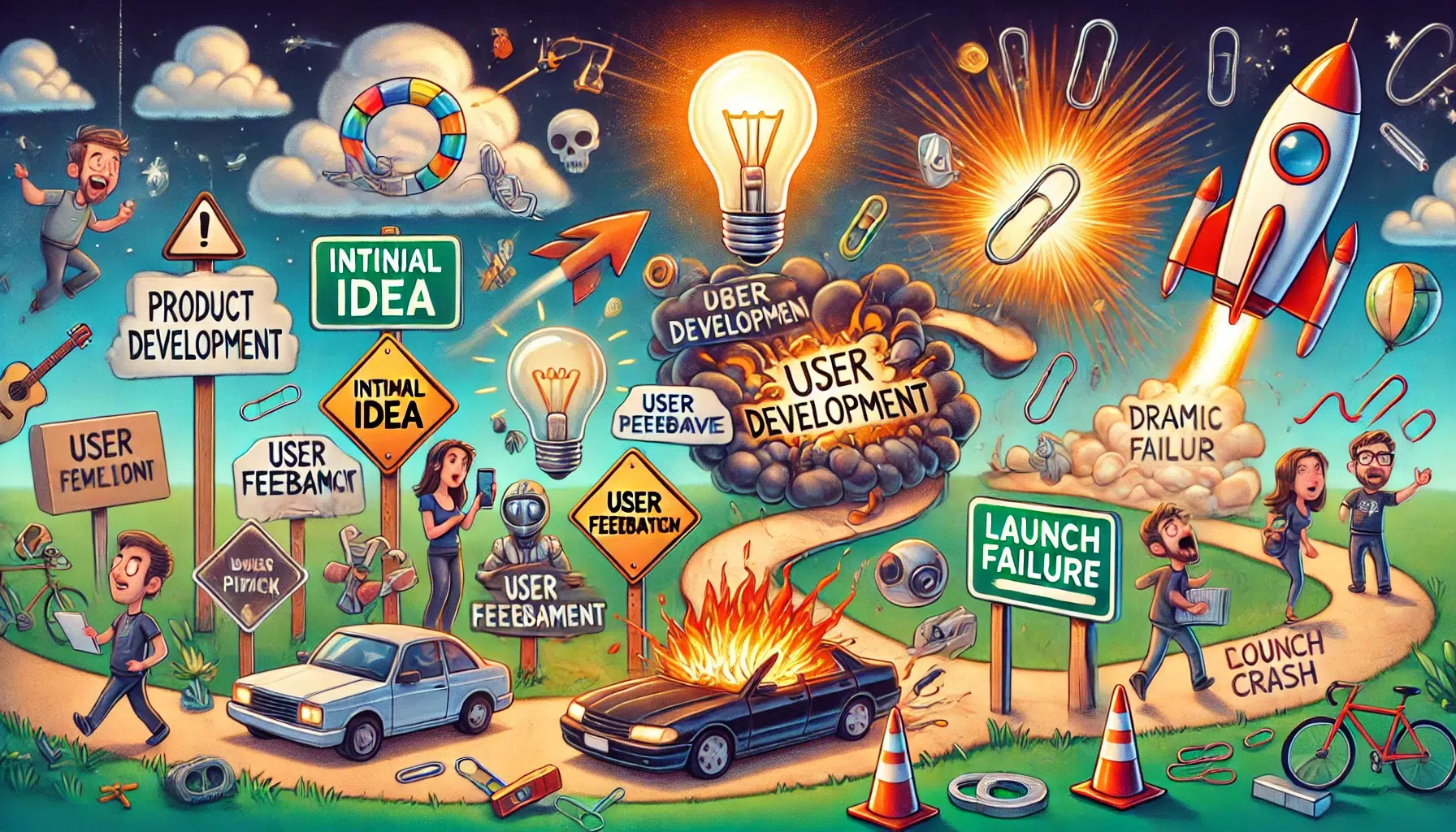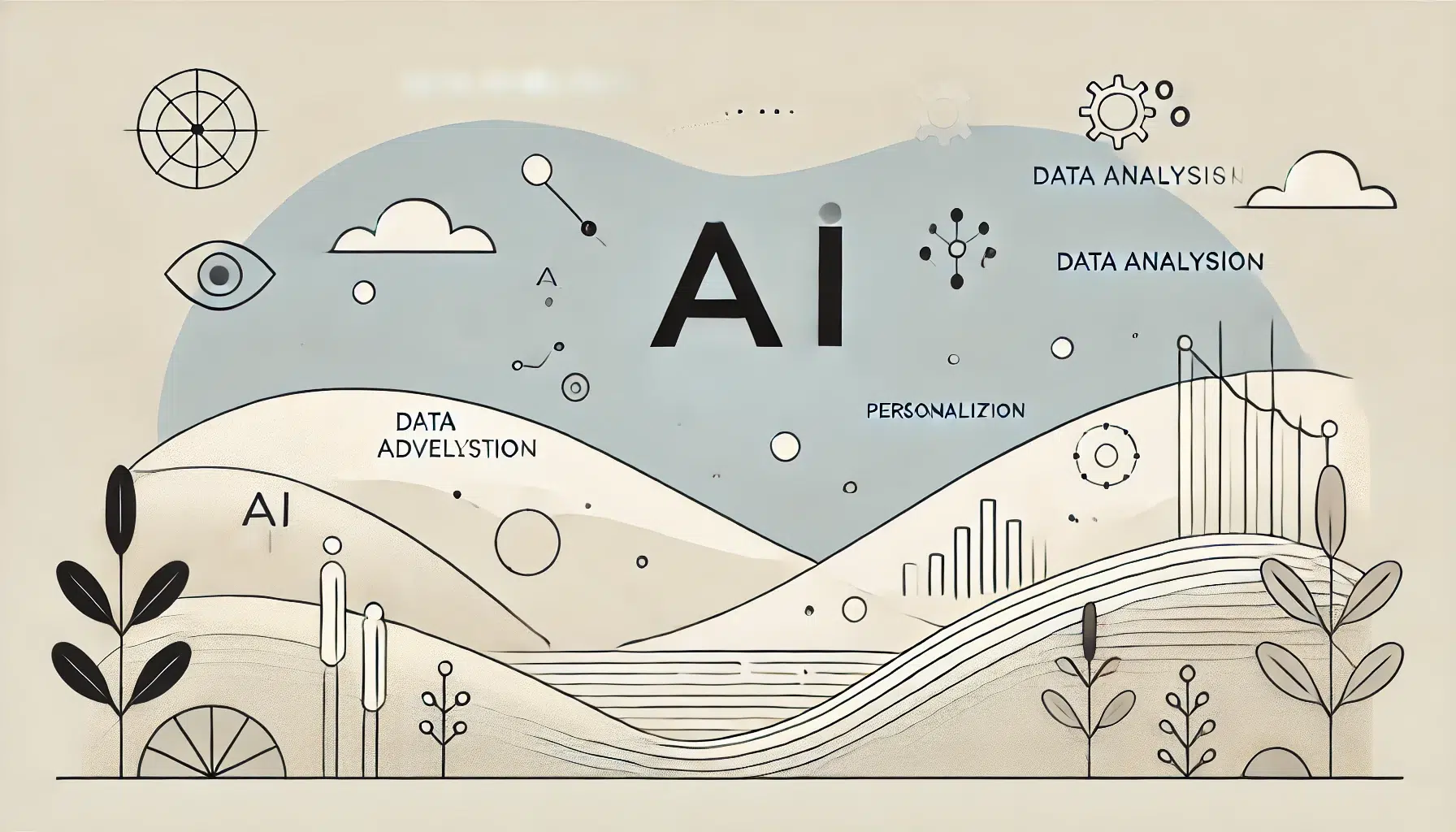
From Concept to Catastrophe: Lessons in Product Fails
welcome, brave reader, to the wild and wacky world of product management, where the highs are high, the lows are low, and the middle ground is often just a myth. today, we’re diving into the murky waters of product failures—because, let’s face it, who doesn’t love a good disaster story?
the thrill of the first idea
every great product starts with an idea. it’s usually during a shower, or a particularly dull meeting, when inspiration strikes. you’re convinced this is it. the next big thing. the product that will catapult you into the annals of silicon valley legends. you sketch it out on a napkin, feeling like leonardo da vinci, and share it with your team. they’re cautiously optimistic (or maybe they’re just being polite).the mvp (mostly vague plan) now comes the minimum viable product stage—where you build just enough to prove your concept without blowing the budget. in theory, this sounds great. in practice, it’s often like trying to build a spaceship with duct tape and a paperclip. you launch your mvp, and that’s when the fun begins.
the silver linthe user feedback frenzy
ah, feedback. the gift that keeps on giving. users love to tell you what they think, and it’s rarely what you want to hear. “why doesn’t it do this?” “i hate this feature.” “did you even test this?” it’s a humbling experience, but hey, at least people are talking about your product, right?
the pivot dance
with feedback in hand, it’s time to pivot. this is a delicate dance where you try to keep your original vision alive while making enough changes to satisfy your users. it’s like trying to make everyone happy at a family reunion—someone’s always going to be disappointed. you tweak, you adjust, you iterate.
the launch (or crash)
finally, after months (or years) of blood, sweat, and tears, you’re ready to launch. the anticipation is palpable. you’ve ironed out the bugs, polished the interface, and convinced yourself this is going to work. and then…it doesn’t. users don’t flock to your product. those who do aren’t impressed. it’s a catastrophe.
post-mortem: the blame game
now comes the post-mortem. the time to figure out what went wrong. was it the market fit? the user experience? the marketing strategy? the product itself? spoiler alert: it’s usually a combination of all these factors. the blame game begins, but really, it’s all part of the learning processing
the comeback
every good product manager knows that failure is just a stepping stone to success. you take those lessons learned, you regroup, and you come back stronger. your next idea is better informed, more refined, and has a better chance of succeeding because you’ve been through the fire.
conclusion
so, there you have it—your crash course in product failures. remember, every great product manager has a few flops under their belt. embrace the chaos, learn from the catastrophes, and keep pushing forward. after all, the road to success is paved with epic fails. happy product managing!




